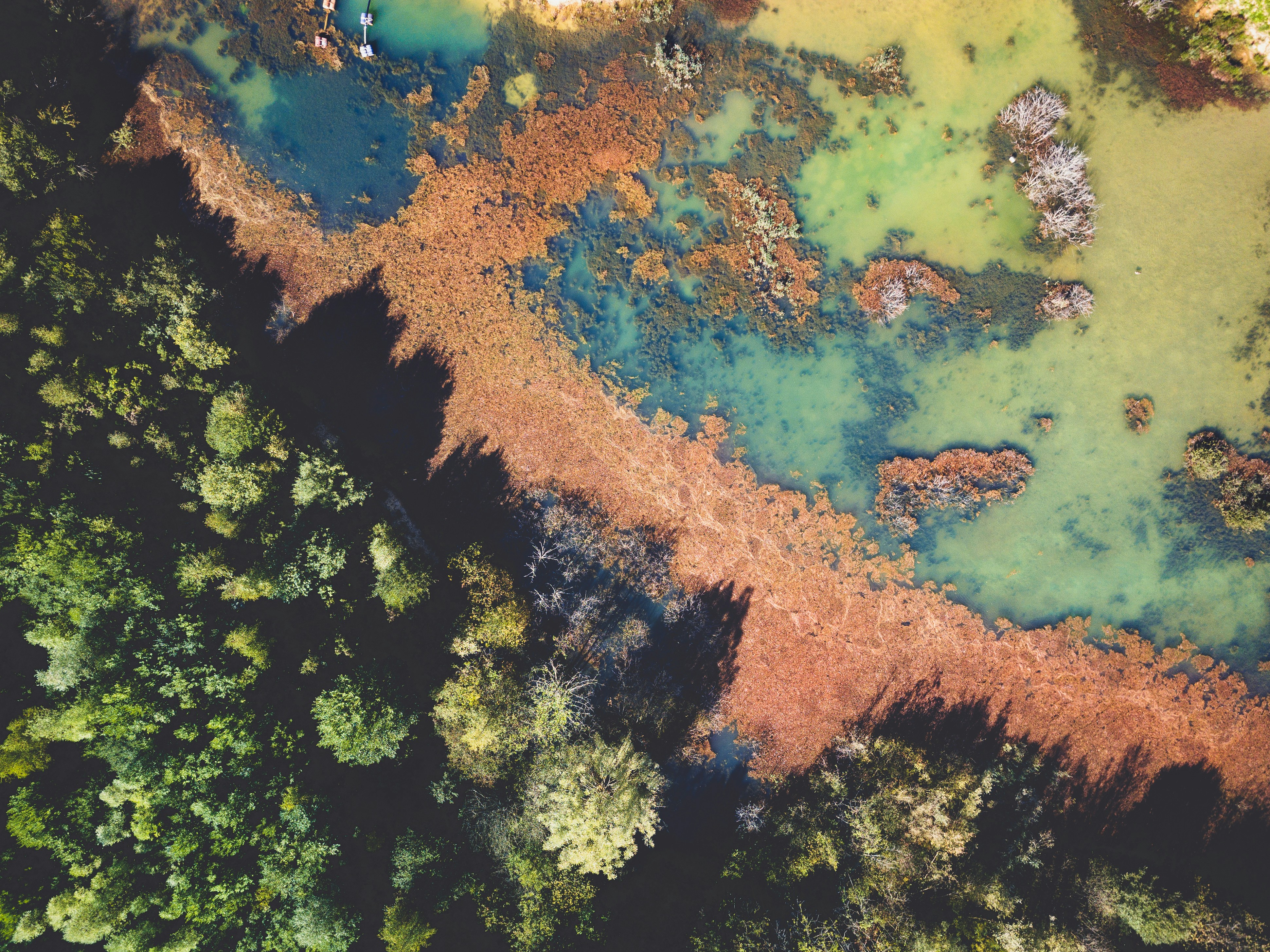The Unseen Effects of Hurricanes on Nature
Hurricanes are often assessed for their impact on human communities—damage to property, disruption of services, and economic losses. However, these powerful storms also leave a profound impact on wildlife and ecosystems. From transforming natural landscapes to altering the delicate balance of habitats, hurricanes are a significant ecological force.
Shaping New Landscapes
A hurricane’s arrival is like nature’s way of rearranging its furniture. The strong winds and heavy rains can uproot trees, shift sediments, and even change the courses of rivers and streams. These changes can create new habitats or alter existing ones, forcing wildlife to adapt to new conditions rapidly. For example, coastal erosion can destroy nesting sites for sea turtles, while forest fragmentation can impact bird populations reliant on specific trees for shelter and food.
Resilient, Yet Vulnerable
Many species have developed adaptations to survive hurricanes. Birds might sense the drop in atmospheric pressure and move to safer areas, while some marine life may find refuge in deeper waters. However, not all species fare well. After Hurricane Maria, Puerto Rico saw drastic declines in certain bat populations due to loss of roosting sites. Additionally, prolonged flooding can lead to decreased food availability for various species, from insects to larger mammals.
Marine Ecosystems Under Stress
The underwater world is not immune to a hurricane’s wrath. Coral reefs, crucial to marine biodiversity, can be severely damaged by the physical force of waves. This not only reduces habitat complexity but also affects the species that depend on these ecosystems for food and shelter. Hurricanes can stir up sediments, increasing turbidity in the water, which can have lasting negative effects on coral health and the organisms living within these vibrant communities.
For more information on coral reefs and marine ecosystems, you can visit the NOAA’s coral education resources.
Long-term Impacts and Recovery
While some ecosystems are resilient and can bounce back over time, others suffer long-term impacts. The regrowth of forests, for instance, can take decades, impacting species that rely on mature tree canopies. In some cases, invasive species can exploit the disruption, outcompeting native species and altering the ecosystem’s structure and function.
Programs and efforts aimed at conservation and ecosystem management are crucial for supporting recovery. Conservationists often step in to help restore habitats, whether through planting efforts or reintroducing native species.
Role of Human Intervention
While nature has its ways of recovering from these disturbances, human intervention can both help and hinder these processes. Conservation strategies that focus on preserving biodiversity and restoring ecosystems are essential, especially in hurricane-prone areas. Policy and community involvement play a critical role in ensuring these measures are effective.
How You Can Help
You can contribute to these recovery efforts by supporting local and international conservation initiatives. Volunteering with organizations dedicated to wildlife conservation during the recovery phase of a hurricane can make a significant difference.
Join HelpNow’s mission to promote emergency preparedness and support recovery efforts by volunteering through our Join Now page. Your involvement can lead to tangible improvements in the resilience of our ecosystems.
Conclusion
Understanding and addressing the impact of hurricanes on wildlife and ecosystems is crucial for maintaining the health of our planet. Through informed intervention and dedicated conservation efforts, we can help these natural systems recover and thrive even in the face of powerful storms. By increasing awareness and participating in recovery initiatives, we contribute to a more resilient natural world.

